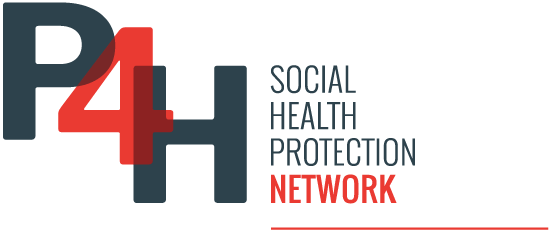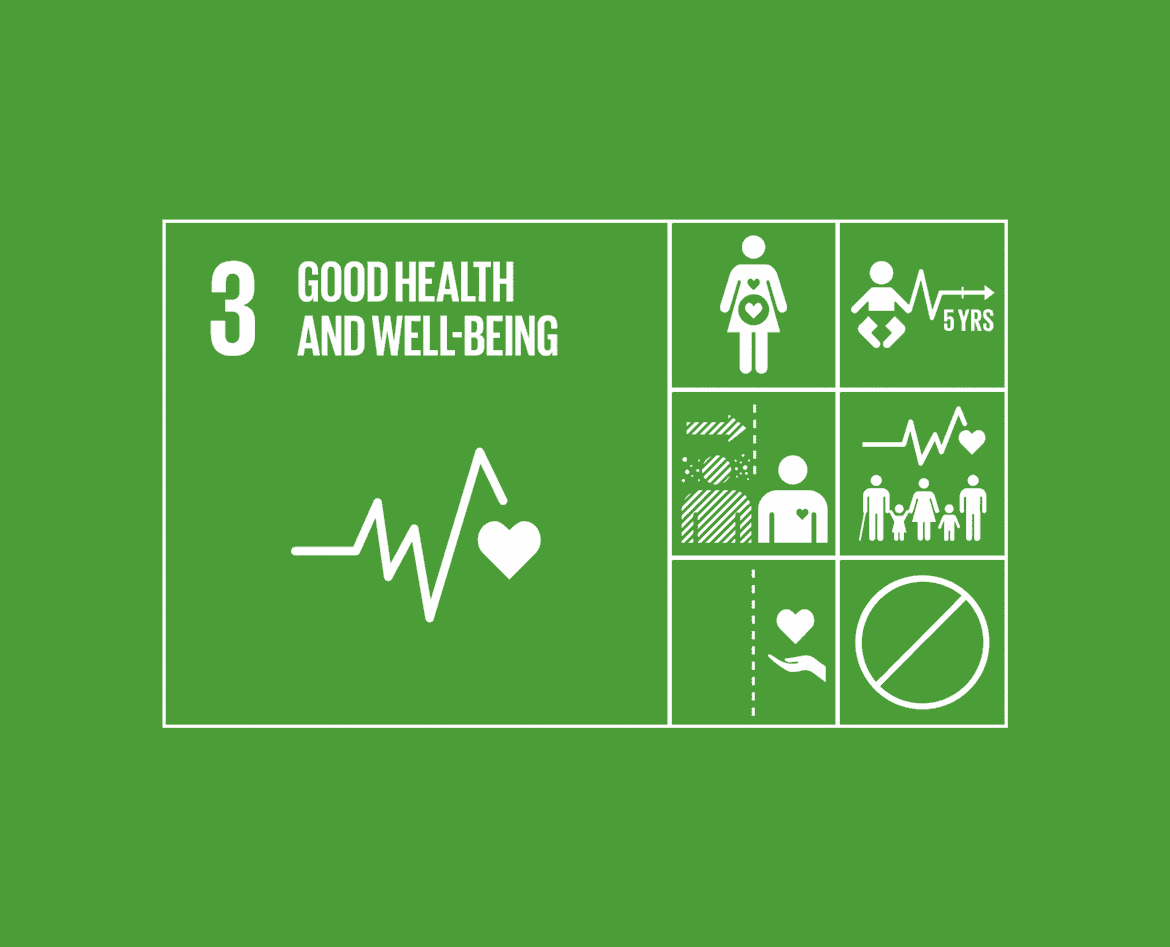SDG indicator 3.8.2 is designed to measure financial protection in health—an essential component of progress toward SDG target 3.8 on universal health coverage. Until March 2025, the indicator focused on tracking the proportion of people incurring large household out-of-pocket (OOP) health expenditures, defined as exceeding 10% or 25% of total household expenditure or income. This approach aimed to identify individuals forced to reduce spending on basic needs such as food, housing, education, or utilities due to out-of-pocket health expenses. The lower 10% threshold was originally intended to better reflect the hardship experienced by poorer households. However, accumulated evidence over six years demonstrated that even this threshold was too high to capture the financial vulnerability of the poorest.
In response, the WHO and the World Bank highlighted that many individuals pushed or further pushed into poverty by health spending fell below the 10% threshold—meaning they were excluded from measurement under the existing definition. For example, 2019 data show that OOP health spending pushed or further pushed approximately 344 million people into extreme poverty and 1.3 billion into relative poverty, with most of them spending less than 10% of their household budgets on health*.
To align more closely with the SDG principle of leaving no one behind, the WHO and World Bank proposed a revision of SDG indicator 3.8.2. The new definition measures the proportion of the population with positive out-of-pocket health expenditures that exceed 40% of their discretionary household budget. Discretionary budget is defined as total household consumption expenditure or income minus the societal poverty line—an international benchmark combining fixed and relative poverty components, established in 2017.
This revised indicator was formally adopted by the UN Statistical Commission in March 2025**. The WHO and World Bank are currently conducting a country consultation using the revised indicator. Primary estimates will be released by the end of the year in international databases*** and used to inform the WHO and World Bank 2025 global monitoring report on UHC.
References
* Tracking universal health coverage: 2023 global monitoring report. Geneva: World Health Organization and International Bank for Reconstruction and Development / The World Bank; 2023. Licence: CC BY-NC-SA 3.0 IGO.
*** The UNSD SDG data portal (SDG 3.8.1 and SDG 3.8.2 indicators)
The WHO global database (SDG 3.8.1 and SDG 3.8.2 indicators and related)
The World Bank HEFPI data portal (global indicators of financial protection).


